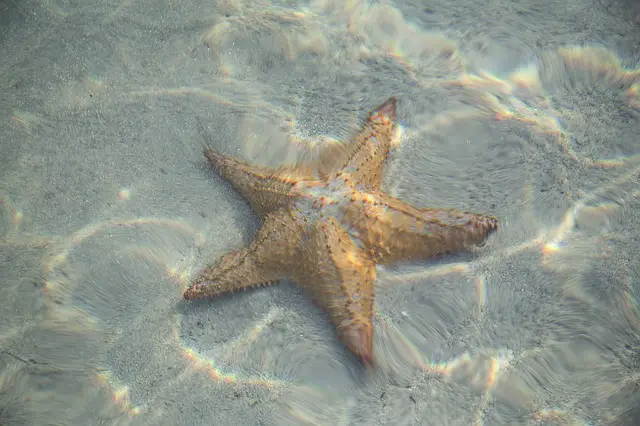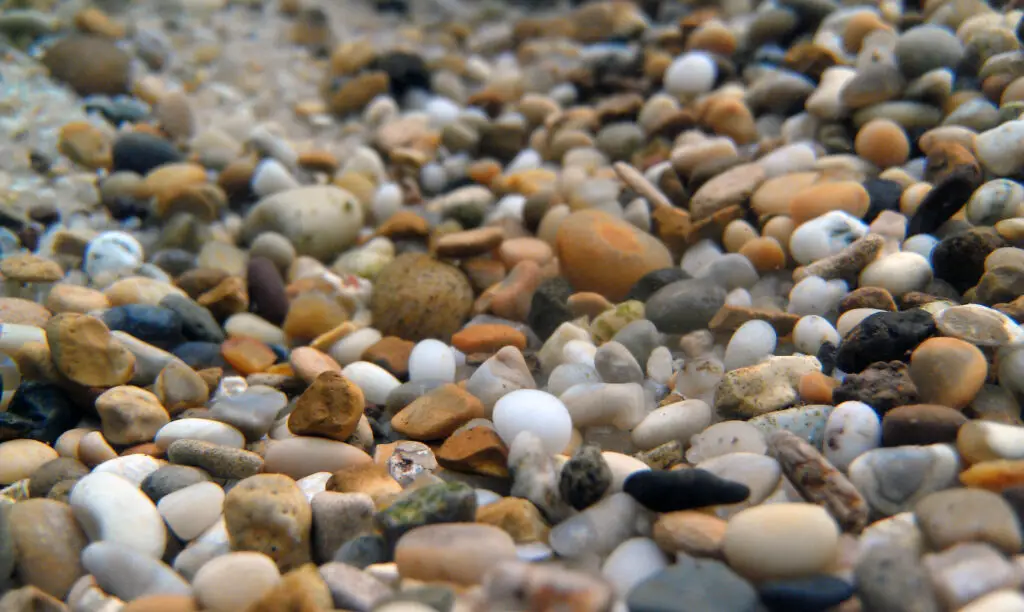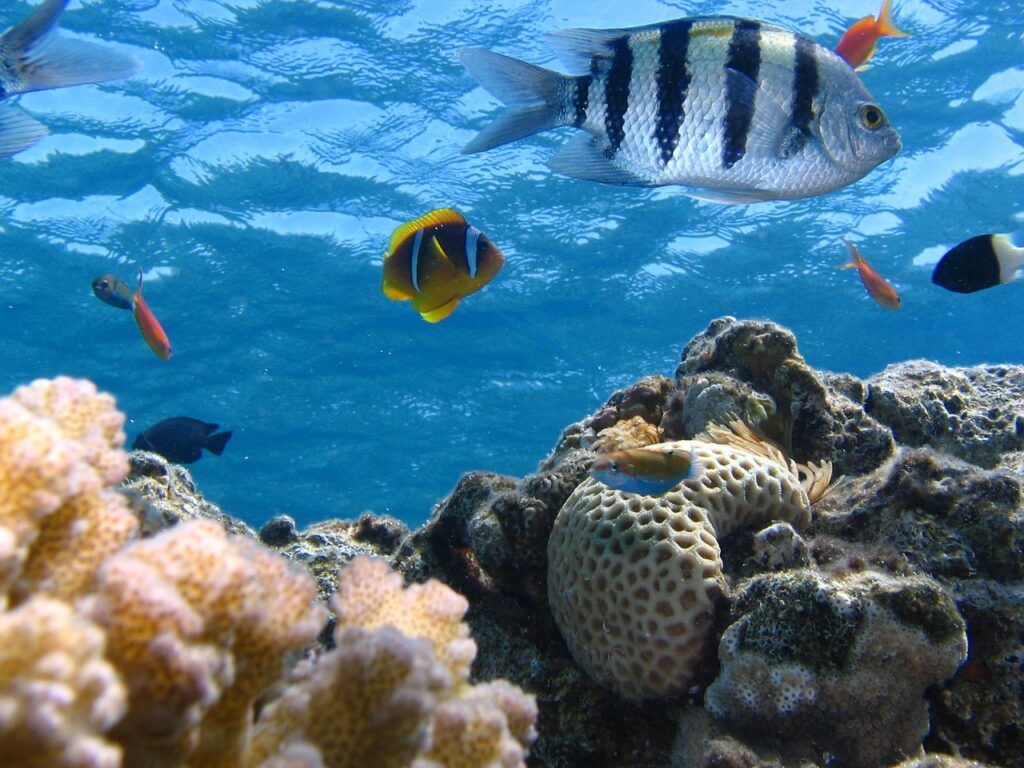The ocean is full of all sorts of lifeforms. They are so varied and unique that it’s hard for your general layman to know what each of them is categorized as. What even is a starfish? What category does it fall into? We wouldn’t blame you for thinking it is a crustacean: after all, many weird sea creatures are.
Moreover, the traits and characteristics that set these marine animals apart are often much less obvious than people realize.
Do you know what separates an arthropod from an echinoderm? Don’t worry, we’ll cover these things down below, and before we’re done, you’ll definitely know what a starfish is and why.
In fact, you may even walk away from this article with even more knowledge than you came here for. Learning about starfish is a great way to learn about the characteristics of sea life and the classification of animals in general.
What Is a Starfish?
To answer this question, it might help to know what a crustacean is in the first place. Of course, there’s a very deep scientific definition for that, but we’ll give you the condensed version for simplicity’s sake.
There are certain features that all crustaceans have: chitinous or calcareous exoskeletons, two antennae, and appendages that are often specialized on each segment of their body.
Crustaceans are also mandibulate, meaning they have mandibles. Think of a crab or lobster: they have hard exoskeletons, different specialized appendages on different segments of their body, mandibles, and two antennae. They are the most common example of crustaceans for most people. All of these features fit them into the arthropod group.
Now, think of a starfish. They have uniform limbs, their body is not segmented, they lack a hardened exoskeleton, and they do not have antennae. They lack just about everything an organism needs to be classified as a crustacean. Therefore, they are not crustaceans.
What is a Starfish Classified As?
OK, so a starfish isn’t a crustacean. Then what exactly is it? Well, they are a very unique type of organism known as an echinoderm. Echinoderms are marine animals that include the likes of starfish, sea cucumbers, urchins, sea lilies, sand dollars, and brittle stars. They are often radially symmetrical and are coelomate animals.
We know we’re hitting you with a lot of complicated jargon here, but don’t worry, we can explain what all of this means, as well as how it is relevant to starfish and their identity as an echinoderm.
There are many weird traits that categorize them and other marine animals as echinoderms, making them uniquely separate from crustaceans.
However, you may be surprised to know that one of the most important parts of being an echinoderm is something as simple as having spiny skin. The term “echinoderm” actually means spiny skin!
What Makes a Starfish an Echinoderm?
As mentioned previously, there are certain traits you will often find associated with echinoderms, such as an animal possessing radial symmetry and being coelomate. Radial symmetry is easy enough to explain: it means there is symmetry around a central axis or point. This isn’t terribly hard to see with a starfish.
If you look at a starfish, you will notice that it is identical on both sides. If you cut it in half, both halves would be the same in angles and symmetry.
There are many flowers like this as well, such as tulips. This means starfish are radially symmetrical, which is true of all echinoderms. If they have limbs, you can bet they grow symmetrically from a central point.
Being coelomate just means the animal has a main body cavity that surrounds and contains its organs. This is one thing humans and starfish have in common! And of course, starfish have spiny skin, which is crucial to their identity as an echinoderm. These are the things that fit them into that category of marine animal.
Is a Starfish Unicellular or Multicellular?
If you’ve heard the words unicellular and multicellular thrown around while conducting research, you may be wondering where starfish fit into those categories. Like always, it pays to know what terms mean before diving into stuff like that.
Thankfully, these definitions are pretty simple. A multicellular organism is one made up of multiple cells. A unicellular organism is made up of only one cell.
This should make it pretty obvious which category starfish belong in. After all, if they were made up of only one cell, you wouldn’t be able to see them with the naked eye.
Unicellular organisms are things like bacteria. Nearly every animal on Earth is multicellular. Just remember, if you can see the organism with your naked eye, it is definitely multicellular. You can only see a unicellular organism through a powerful microscope!
Conclusion
You’ve probably learned a pretty good deal about starfish today, but let’s recap, just to make sure it all sticks. First of all, starfish are not crustaceans. Crustaceans have many defining features, such as hard exoskeletons, antennae, specialized appendages and mandibles. Starfish have none of those things, are thus not crustaceans.
A starfish is an echinoderm, which is defined by radial symmetry and spiny skin. The spiny skin part is pretty self-explanatory. Radial symmetry means that the starfish grows its limbs symmetrically from the center point of its body.
It is symmetrical on both sides. Echinoderms include things like starfish, sand dollars, sea urchins, sea cucumbers, and the like.
On top of that, starfish are multicellular organisms, not unicellular. Unicellular means an organism is only made up of one cell, and anything you can see with the naked eye is clearly comprised of more cells than that. Therefore, starfish are multicellular organisms.
Without a doubt, starfish are extremely unique animals. But it’s important to know what sets them apart from other types of life in the sea.
After all, it’s the small differences that dictate what type of animal an organism is, so knowing these seemingly small things makes all the difference when it comes to knowledge.



